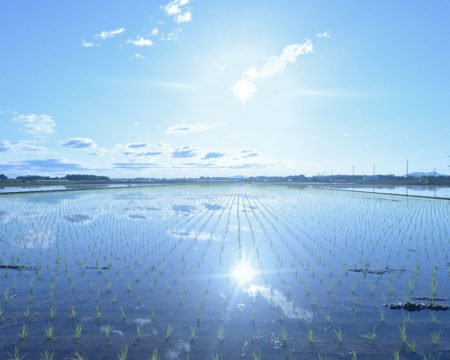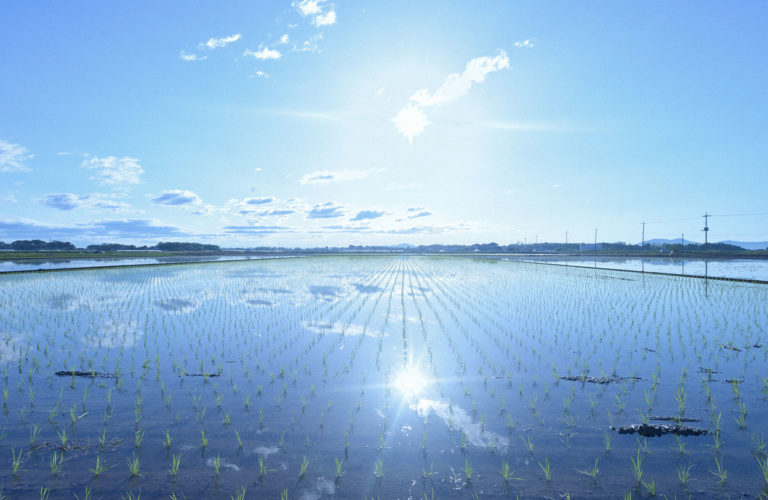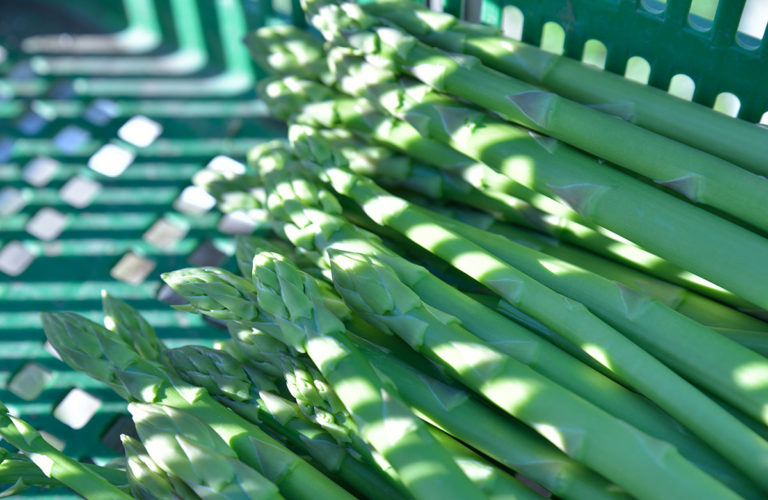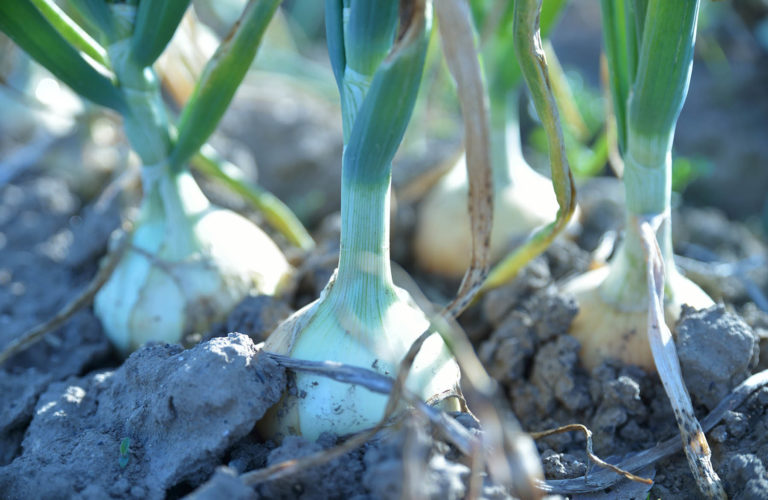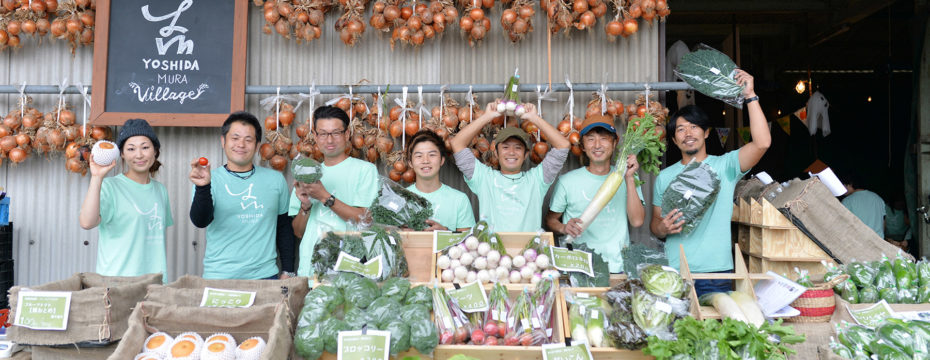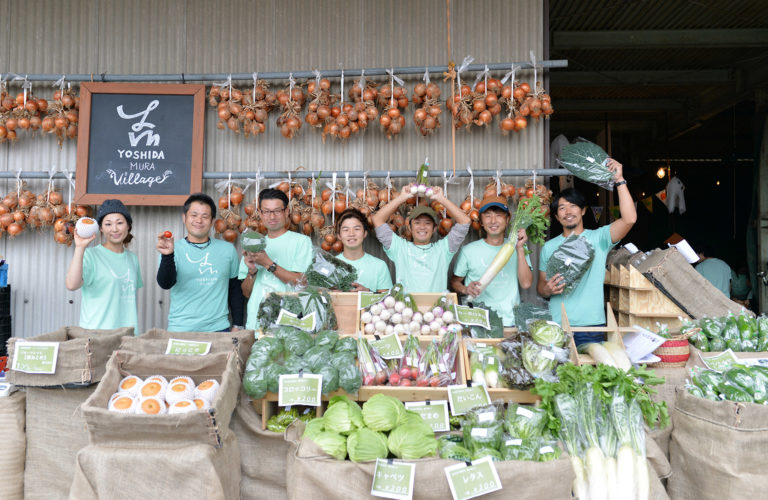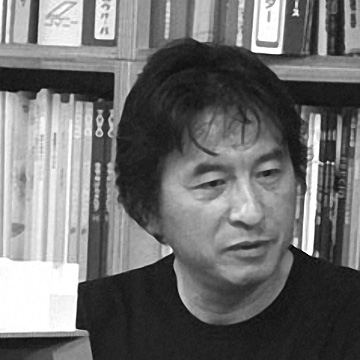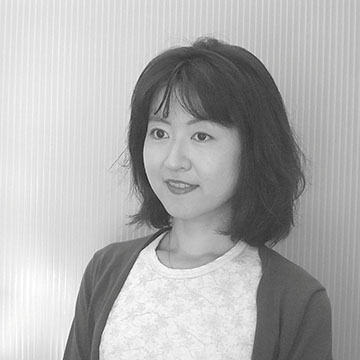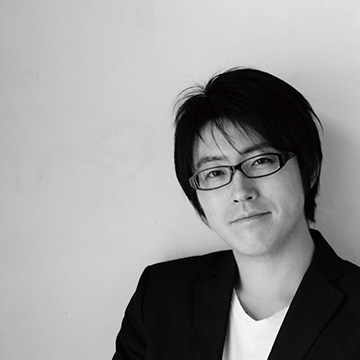Kinugawa River has been known since ancient times as a river that rages like an angry demon.
This river, which cruelly swallows people’s livelihood at times, simultaneously makes us face the fearfulness and severity of nature and blesses us with rich land by providing fertile soil and an abundant source of water.
Several communities dotted the vast pastoral land on the western bank of the Kinugawa River, centered on the old road connecting Yuki and Utsunomiya.
In 1889, the villages were combined through the enforcement of the municipal system to give birth to Yoshida Village.
Yoshida Village developed significantly thanks to the agriculture provided by the land and the water transportation provided by the river and was a prosperous village brimming with liveliness.
Time has passed, and these years of prosperity are now in the past.
The liveliness of the past has died down, and today, Yoshida Village (presently Shimotsuke, Tochigi) is a quiet, peaceful country town.
We have a desire to revive the past liveliness of this village.
We are breathing a new life into Yoshida Village.



